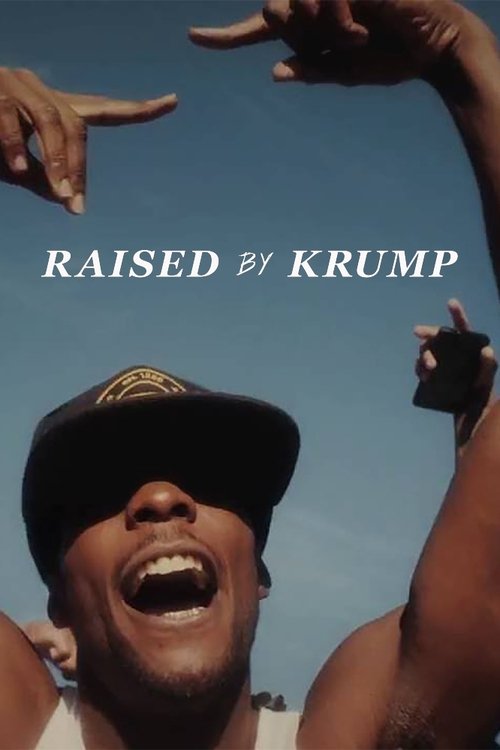Estudio de danza (2024)
The "cueca" is Chile's national dance. Marveled by this form of dancing, the narrator reflects on the meaning of dance in our lives and how it has been portrayed in the history of cinema.
Genre
Available in streaming on
For now, we have not found any platform that offers this movie in streaming...
This movie is very new! Our algorithm is still processing it in order to improve similar movie suggestions every day...
The "cueca" is Chile's national dance. Marveled by this form of dancing, the narrator reflects on the meaning of dance in our lives and how it has been portrayed in the history of cinema.
Movies like Estudio de danza
5.2

8.0

6.2

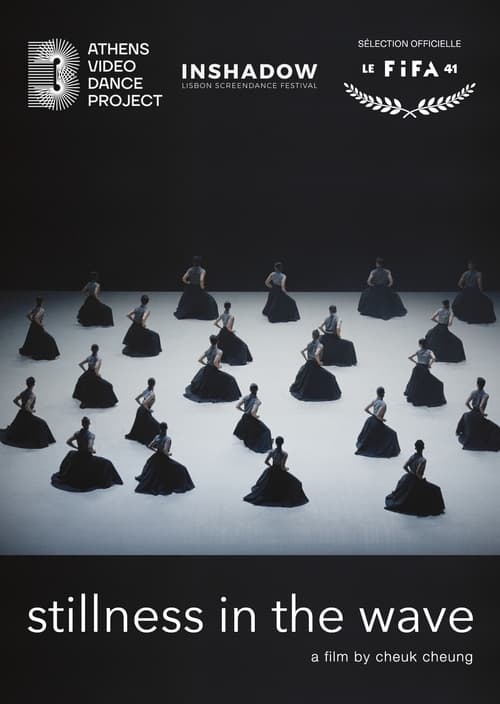

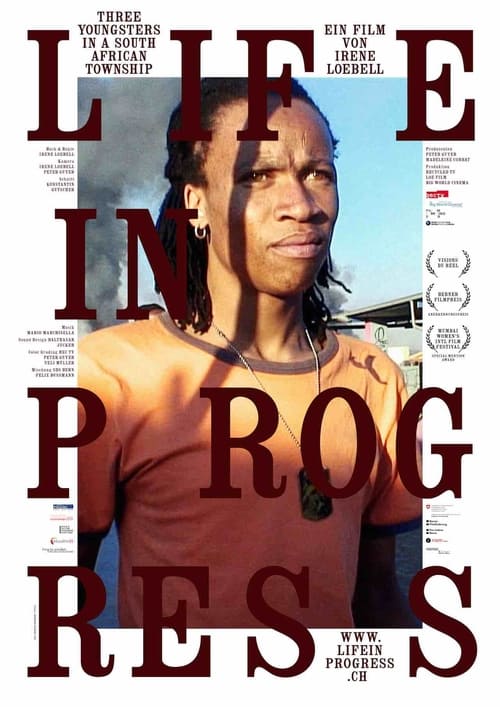
10.0


9.5
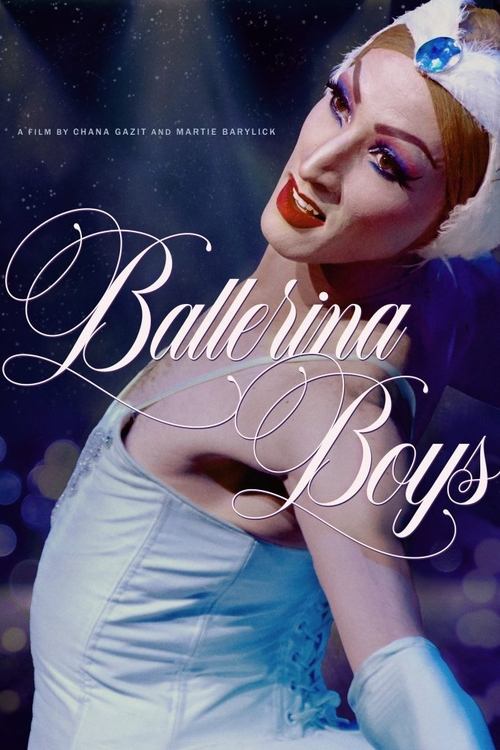
6.6
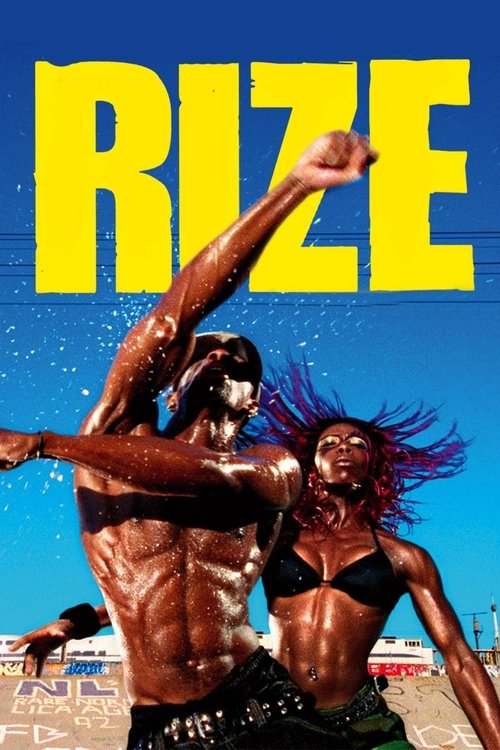
5.0
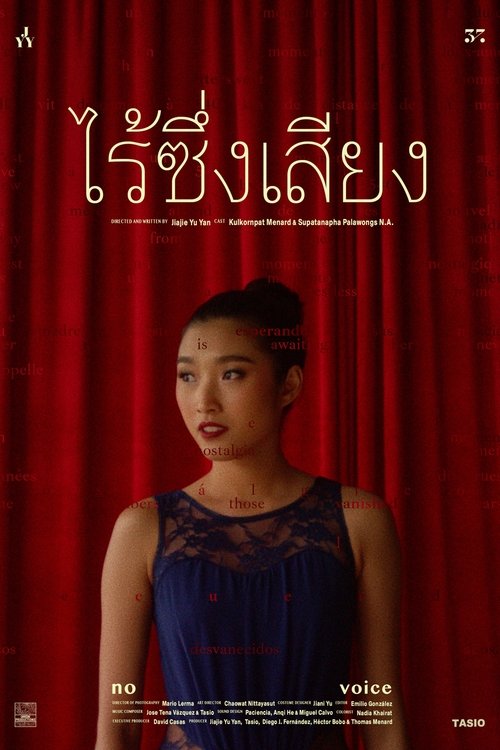
7.8

5.8
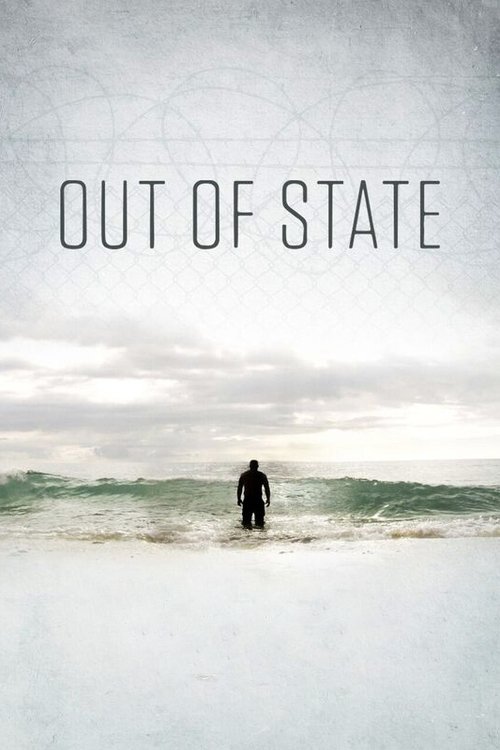
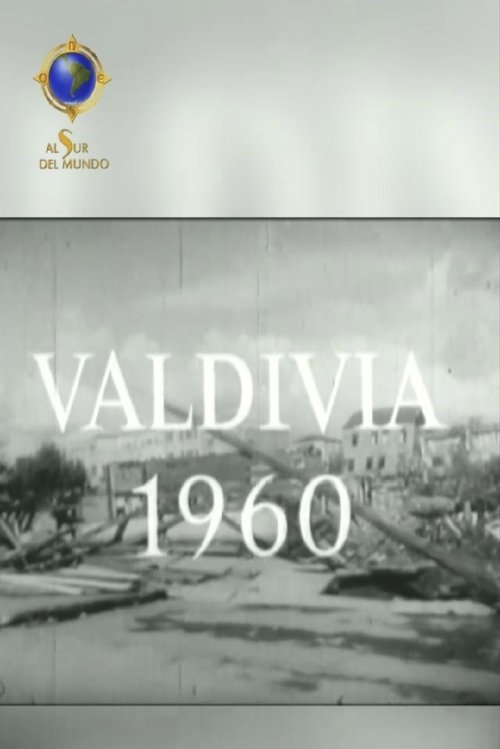
6.1


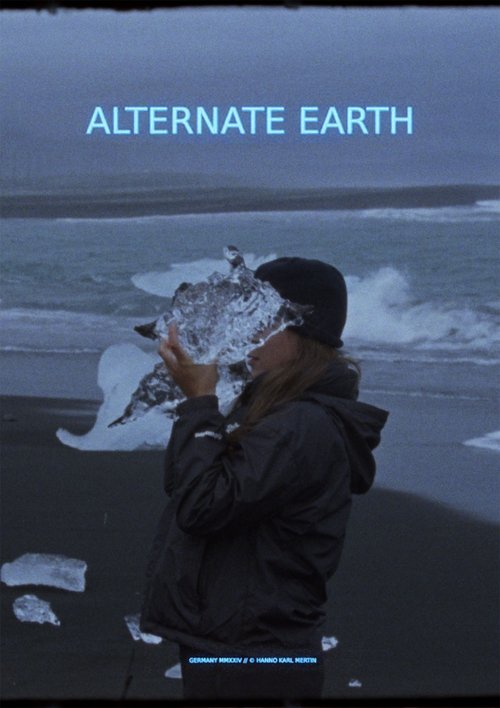

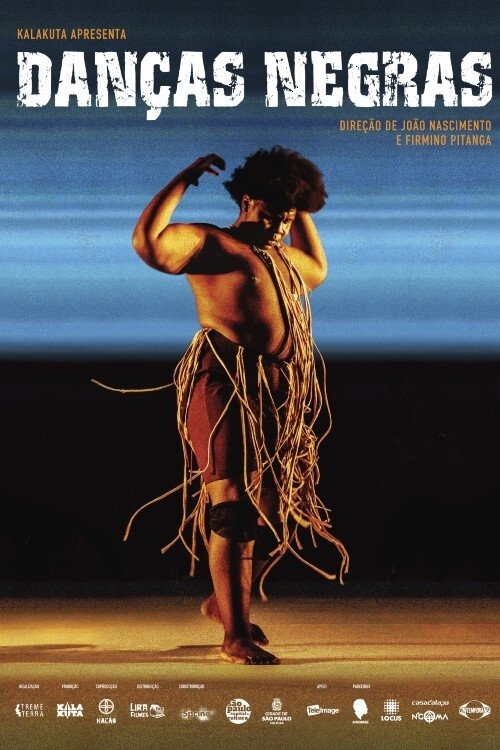
4.0
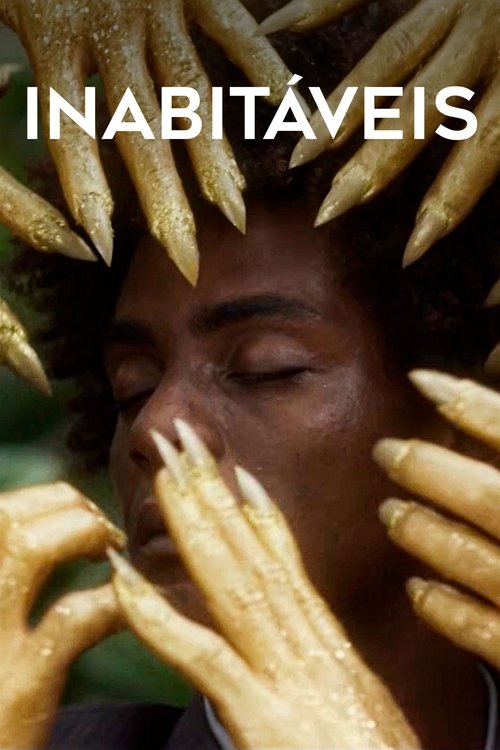
6.2
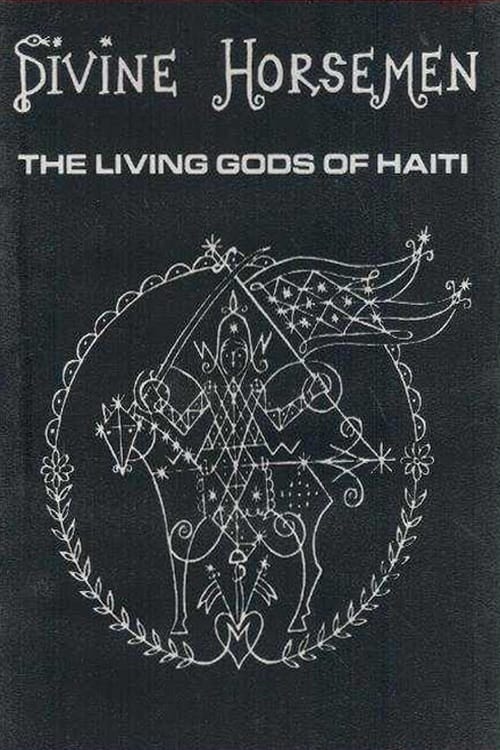
6.8

5.0
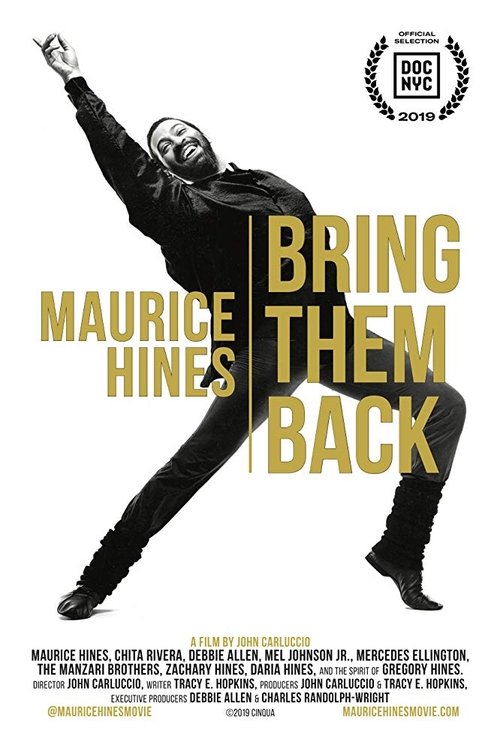
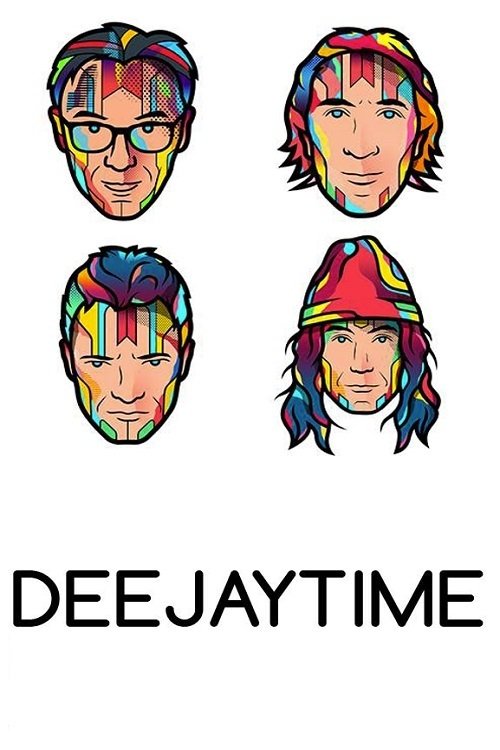
8.0

7.0
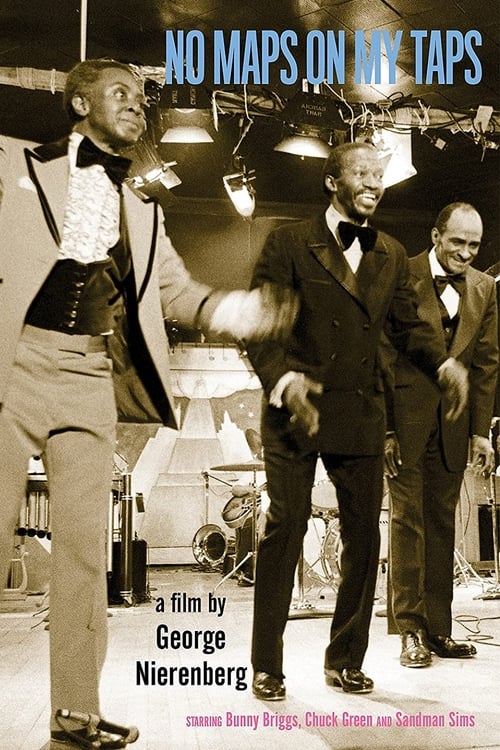
6.3
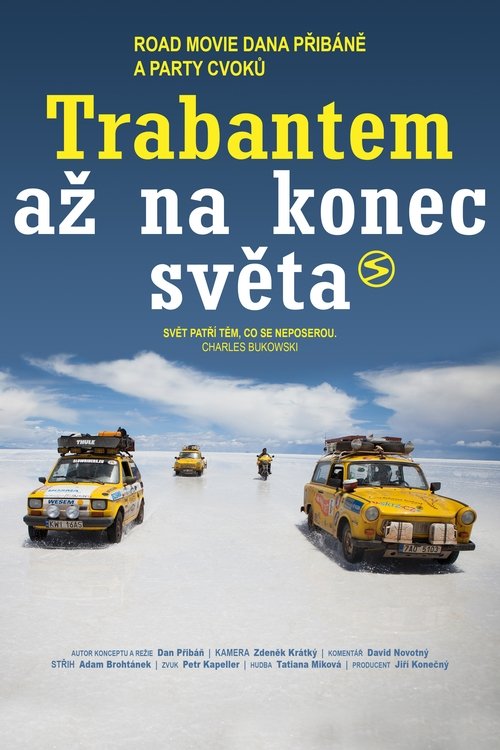
8.0
